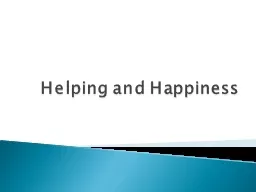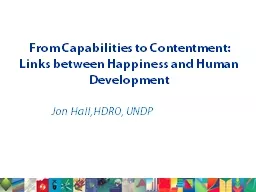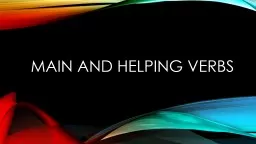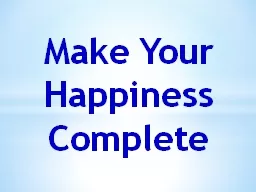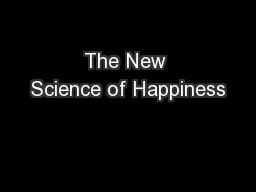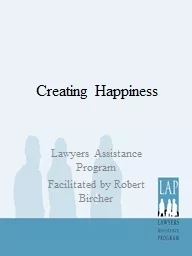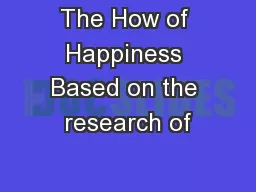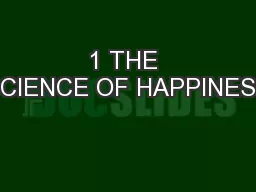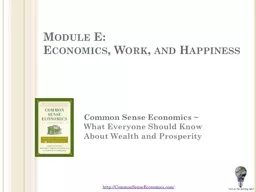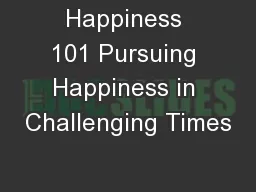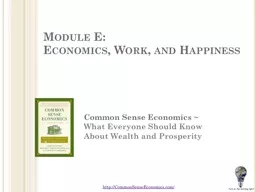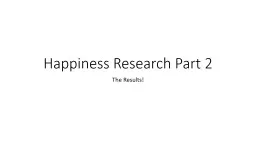PPT-Helping and Happiness
Author : sherrill-nordquist | Published Date : 2016-10-31
Altruism vs Prosocial behavior Why do people help Or not help httpwwwmsnbcmsncomid43880728nsworldnewseurope https wwwyoutubecomwatchvN9KuUR2p9Q Do animals show
Presentation Embed Code
Download Presentation
Download Presentation The PPT/PDF document "Helping and Happiness" is the property of its rightful owner. Permission is granted to download and print the materials on this website for personal, non-commercial use only, and to display it on your personal computer provided you do not modify the materials and that you retain all copyright notices contained in the materials. By downloading content from our website, you accept the terms of this agreement.
Helping and Happiness: Transcript
Download Rules Of Document
"Helping and Happiness"The content belongs to its owner. You may download and print it for personal use, without modification, and keep all copyright notices. By downloading, you agree to these terms.
Related Documents

